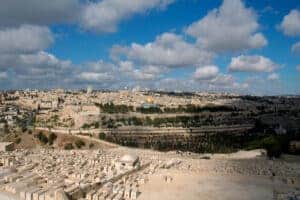William Varner teaches at The Master’s University and is a pastor/teacher at Grace Baptist Church in Santa Clarita, Calif. He has written twenty books, including Passionate About the Passion Week: A Fresh Look at Jesus’ Last Days (Fontes Press, 2020).
A baby's life depends on you.
Today, an expectant mother faces a life-and-death decision. Will you help save her baby’s life? Double your gift to help save babies from abortion through a $1.1 Million Match Opportunity!
Save a child's life
Rescue 2x the babies from abortion!
Menu
Menu


















